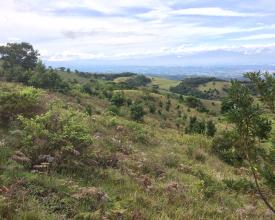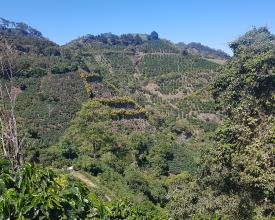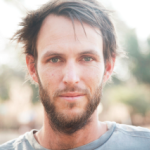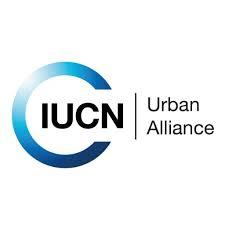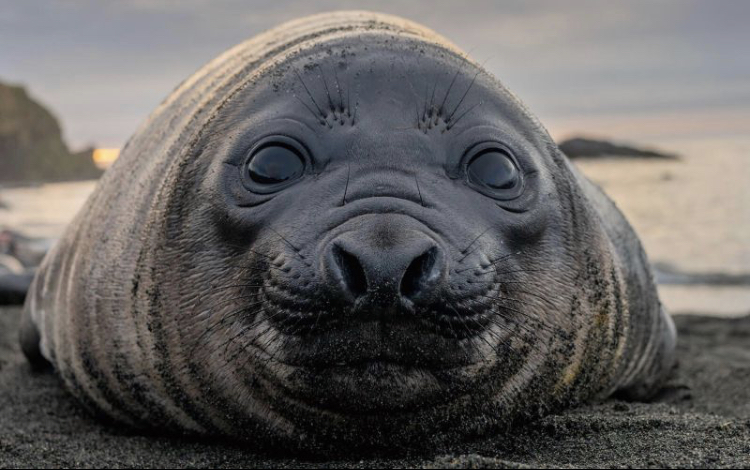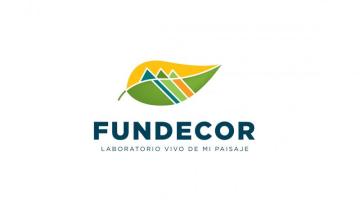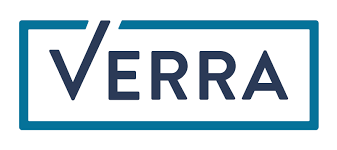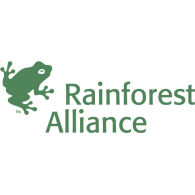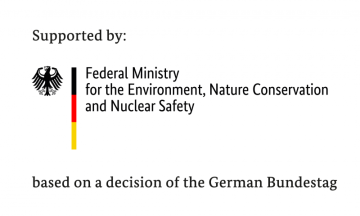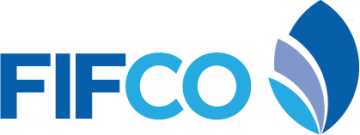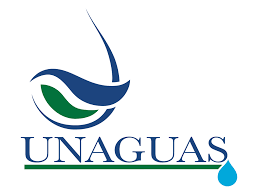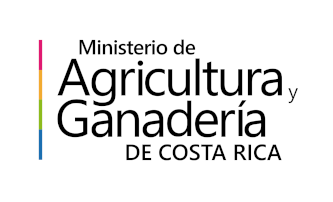
Le Fonds pour l'eau Agua Tica et LandScale : Réaliser une gestion intégrée des bassins versants à grande échelle
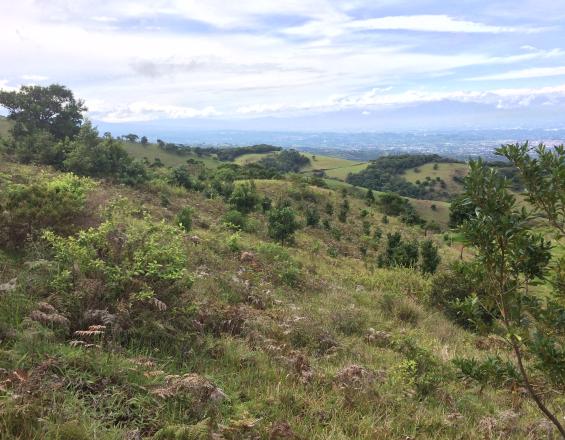
Le projet pilote LandScale dans l'agglomération de San José, au Costa Rica, a débuté en 2020 et implique la mise en place d'un partenariat public-privé pour restaurer et conserver le bassin versant autour de San José, garantissant ainsi un approvisionnement durable en eau pour sa population et son économie. L'UICN est le partenaire de mise en œuvre, tandis que FUNDAECOR et Agua Tica sont les partenaires stratégiques.
Agua Tica est un fonds local pour l'eau qui réunit les principaux fournisseurs d'eau et les entreprises de boissons pour investir dans des activités de conservation et de restauration des bassins versants. LandScale permet à Agua Tica de suivre les progrès réalisés au niveau du paysage en vue d'améliorer les résultats socio-économiques et environnementaux, de communiquer ses réalisations aux bailleurs de fonds existants et d'attirer de nouveaux membres ou investisseurs. Cet outil permet également d'aligner les activités d'Agua Tica sur celles d'autres acteurs du paysage afin de s'assurer que leurs divers efforts aboutissent aux changements positifs qu'ils recherchent tous.
Impacts
Agua Tica soutient la régénération et la conservation de la forêt sur 607 hectares de zones critiques de recharge en eau par le biais du paiement pour services environnementaux. On estime que cela a permis de réalimenter jusqu'à 603 000 m3 d'eau à ce jour.
L'utilisation du cadre LandScale fait partie des efforts déployés par Agua Tica pour établir des liens avec d'autres acteurs publics et privés ayant une importance considérable au niveau du paysage, tels que les secteurs de la production de café, de bétail et de canne à sucre, en alignant leurs objectifs et en veillant à ce que leurs activités se traduisent par des progrès dans la réalisation d'objectifs communs.
LandScale fournit des indicateurs et des mesures mondialement acceptés pour évaluer et communiquer sur la durabilité à l'échelle : dans le cas du secteur du café, ces indicateurs permettent de saisir la contribution des arbres d'ombrage et des activités de reboisement mises en œuvre par les producteurs de café à la conservation de l'eau et de l'habitat de la biodiversité au niveau du paysage. À leur tour, les producteurs de café et les entreprises seront en mesure de communiquer de manière crédible leur contribution à la durabilité du paysage afin de différencier leur café sur le marché.
De même, Agua Tica pourrait utiliser LandScale pour aider le secteur de l'élevage à se conformer aux exigences en matière d'absence de déforestation et de qualité de l'eau à la ferme afin de faciliter l'accès au marché de l'UE, ce qui inciterait davantage à investir dans des pratiques de sylvopasture et de gestion des déchets pour l'ensemble du secteur.

